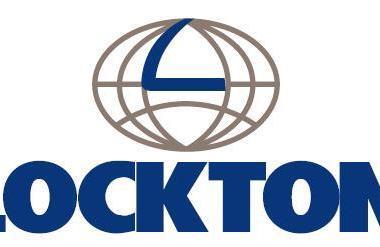Autumn 2010 market report reflects on impact of 2010 disasters for insurance market
International insurance broker Lockton has reported underwriting capacity remains plentiful across most lines of business and there are no significant issues in terms of cover restriction.
This is in spite of major losses including the Deepwater Horizon spill and the Chilean earthquake.
However, the insurer said current pricing situation is unsustainable in the long-term, but hardening of prices will only be seen when insurers and reinsurers start to significantly eat into capital reserves.
Its Autumn 2010 market report looked at issues in varied lines including global casualty, aviation, energy and financial risks.
Tony Hardy, managing director of Global Casualty said: “There is scant sign yet of firming pricing in the casualty market. But, with interest rates remaining resolutely low, there is some suggestion that insurers may be leaning a little heavily on releases of past-year reserves to shore up their results. How sustainable this approach will prove in the longer-term is very much open to question.”
Both international property and energy sector bosses noted the effects of recent disasters on insurers, including the Chile earthquake and Gulf of Mexico oil spill.
David Way, executive director, Risk Solutions said: “Across most areas of the energy insurance market, capacity was at record levels in early 2010, and rates have been highly competitive. The obvious change is the offshore market, where the Deepwater Horizon explosion and subsequent oil spill has prompted insurers to adopt a much more cautious approach to similar risks.”
For the aviation market, Graham Barden, managing director, Risk Solutions - Aviation painted a bleak picture of the year. “With estimated premium of $2.1bn for 2010, when expenses and reinsurance costs are taken into account, it is very likely that 2010 will be the fourth consecutive year there has been no, or limited, return for insurers,” he said.
But the financial risk sector, Lockton believes something will have to give. Chris Hewitt, executive director, Risk Solutions said: “The ready availability of capacity from insurance carriers, who continue to see D&O as a profitable area in which they are keen to build market share, explains the apparently paradoxical pattern of falling rates against a backdrop of ever-proliferating risk exposures.”
“That leaves us with a situation in which the curves of pricing and risk exposure continue in opposite directions, creating an ever-widening gap between premium income and potential liabilities. At what point this diverging pattern will reverse itself is very much open to conjecture, but it ultimately it must,” Hewitt added.
Hosted by comedian and actor Tom Allen, 34 Gold, 23 Silver and 22 Bronze awards were handed out across an amazing 34 categories recognising brilliance and innovation right across the breadth of UK general insurance.












































